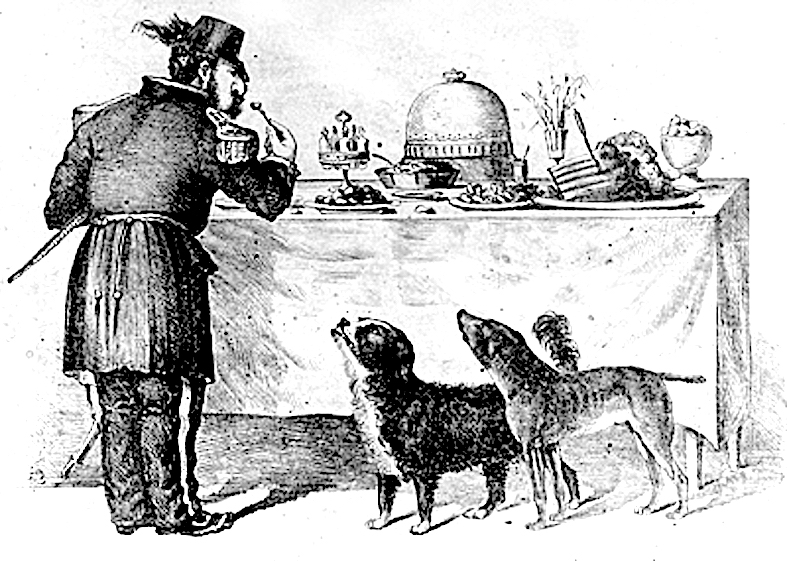歴史生命倫理学
historical bioethics, or bioethical historicism

歴史生命倫理学
historical bioethics, or bioethical historicism

歴史生命倫理学(historical bioethics)ないしは生命倫理的歴史主義(bioethical historicism)とは、人類の歴史における倫理事象の検討、とりわけ、生命に関わる倫理現象をとりあつかう歴史学分野のひとつ、あるいは(時間的 /歴史的な倫理的相対主義をこれまで克服できなかった)生命倫理学の発想をもって人間の命の歴史を再考するプロジェクトのことである。
ウィキのBioethicsに 歴史を扱った箇所は5箇所である。そこからBioethicsにおける 歴史概念の相対化/解体を模索 するのが、歴史生命倫理学の理論的作業の第一歩である。
"Medical ethics is the study of moral values and judgments as they apply to medicine. The four main moral commitments are respect for autonomy, beneficence, nonmaleficence, and justice. Using these four principles and thinking about what the physicians’ specific concern is for their scope of practice can help physicians make moral decisions.[12] As a scholarly discipline, medical ethics encompasses its practical application in clinical settings as well as work on its history, philosophy, theology, and sociology.
Many religious communities have their own histories of inquiry into bioethical issues and have developed rules and guidelines on how to deal with these issues from within the viewpoint of their respective faiths. The Jewish, Christian and Muslim faiths have each developed a considerable body of literature on these matters. In the case of many non-Western cultures, a strict separation of religion from philosophy does not exist. In many Asian cultures, for example, there is a lively discussion on bioethical issues. Buddhist bioethics, in general, is characterised by a naturalistic outlook that leads to a rationalistic, pragmatic approach. Buddhist bioethicists include Damien Keown. In India, Vandana Shiva is a leading bioethicist speaking from the Hindu tradition. In Africa, and partly also in Latin America, the debate on bioethics frequently focuses on its practical relevance in the context of underdevelopment and geopolitical power relations.[vague] Masahiro Morioka argues that in Japan the bioethics movement was first launched by disability activists and feminists in the early 1970s, while academic bioethics began in the mid-1980s. During this period, unique philosophical discussions on brain death and disability appeared both in the academy and journalism.[15]
Additionally, bioethics
has been condemned for its lack of diversity in thought, particularly
with regards to race. Even as the field has grown to include the areas
of public opinion, policymaking, and medical decisions, little to no
academic writing has been authored concerning the intersection between
race- especially the cultural values imbued in that construct- and
bioethical literature. John Hoberman illustrates this in a 2016
critique, in which he points out that bioethicists have been
traditionally resistant to expanding their discourse to include
sociological and historically relevant applications. [18] Central to
this is the notion of white normativity, which establishes the
dominance of white hegemonic structures in bioethical academia[19] and
tends to reinforce existing biases.
「医療倫理とは、医療に適用される道徳的価値と判断
に関する学問である。主な道徳的公約は、自律性の尊重、恩恵、非利益、正義の4つである。この4つの原則を用い、医師の診療範囲における具体的な関心事が
何であるかを考えることは、医師が道徳的な判断を下す際に役立つ。
学問分野としての医療倫理は、臨床現場における実践的な応用だけでなく、その歴史、哲学、神学、社会学に関する研究も含んでいる。
多くの宗教団体が、生命倫理の問題を独自に探求してきた歴史があり、それぞれの信仰の観点から、これらの問題にどのように対処すべきかについて、規則やガ
イドラインを策定してきた。ユダヤ教、キリスト教、イスラム教は、それぞれこれらの問題についてかなりの文献を作成している。多くの非西洋文化の場合、宗
教と哲学の厳格な分離は存在しない。例えば多くのアジア文化圏では、生命倫理の問題について活発な議論が行われている。一般的に仏教の生命倫理は、合理主
義的で実用主義的なアプローチにつながる自然主義的な見通しによって特徴づけられる。仏教生命倫理学者にはダミアン・キウンがいる。インドでは、ヴァンダ
ナ・シヴァがヒンドゥー教の伝統に基づく代表的な生命倫理学者である。アフリカや、一部はラテンアメリカでも、生命倫理に関する議論は、低開発や地政学的
な力関係の文脈における実際的な関連性に焦点が当てられることが多い。[vague]
森岡正博は、日本では、生命倫理運動は1970年代初頭に障害者運動家やフェミニストによって始められ、学術的な生命倫理は1980年代半ばに始まったと
論じている。この時期、脳死と障害に関するユニークな哲学的議論が学界とジャーナリズムの両方に現れた[15]。
さらに、生命倫理学は、特に人種に関して、その思想の多様性の欠如を非難されてきた。この分野が世論、政策立案、医学的判断の領域を含むまでに成長して
も、人種、特にその構成要素に込められた文化的価値観と生命倫理の交わりに関する学術的著作はほとんどない。ジョン・ホバーマンは2016年の批評の中
で、生命倫理学者が伝統的に、社会学的、歴史的に関連した応用を含むように彼らの言説を拡大することに抵抗があると指摘している。[18]その中心となっ
ているのが白人規範の概念であり、生命倫理学界における白人覇権構造の優位性を確立し[19]、既存の偏見を強化する傾向にある。
リンク
文献
その他の情報